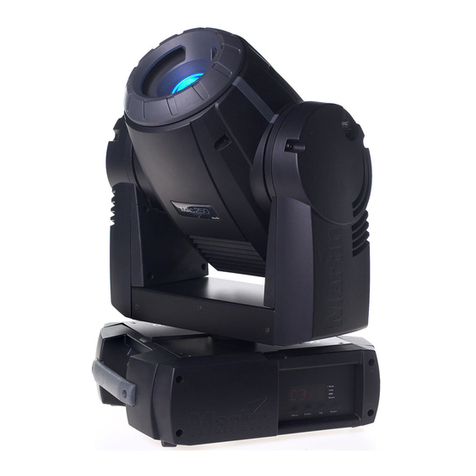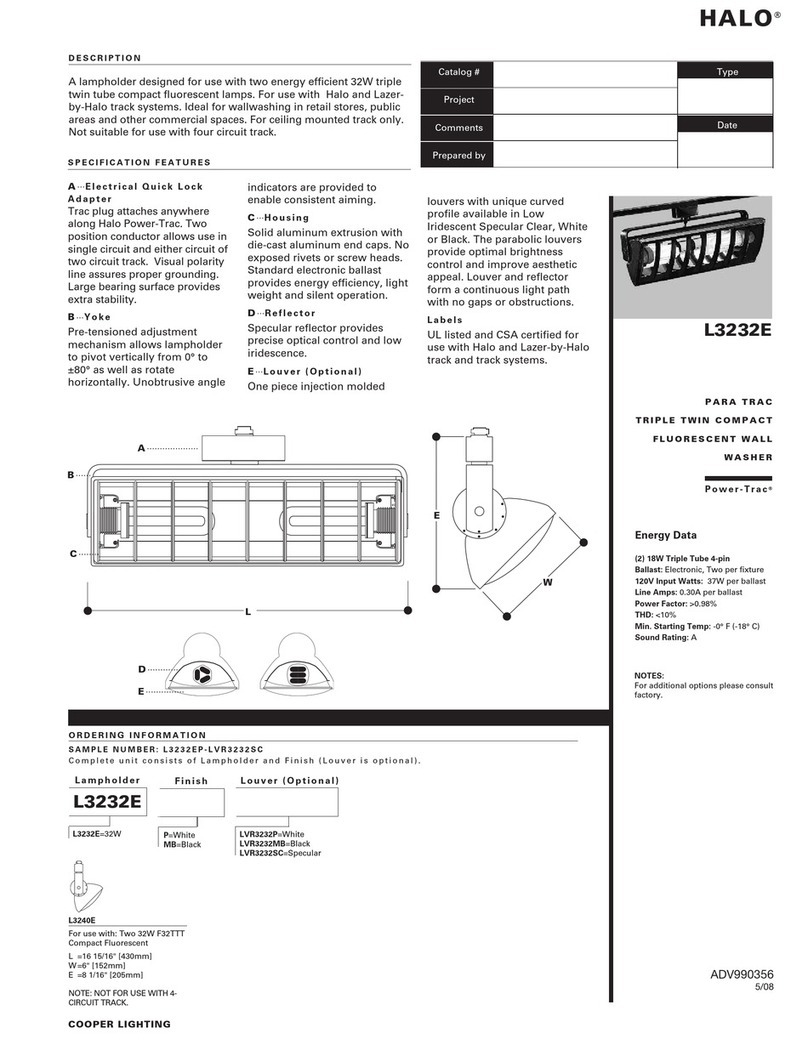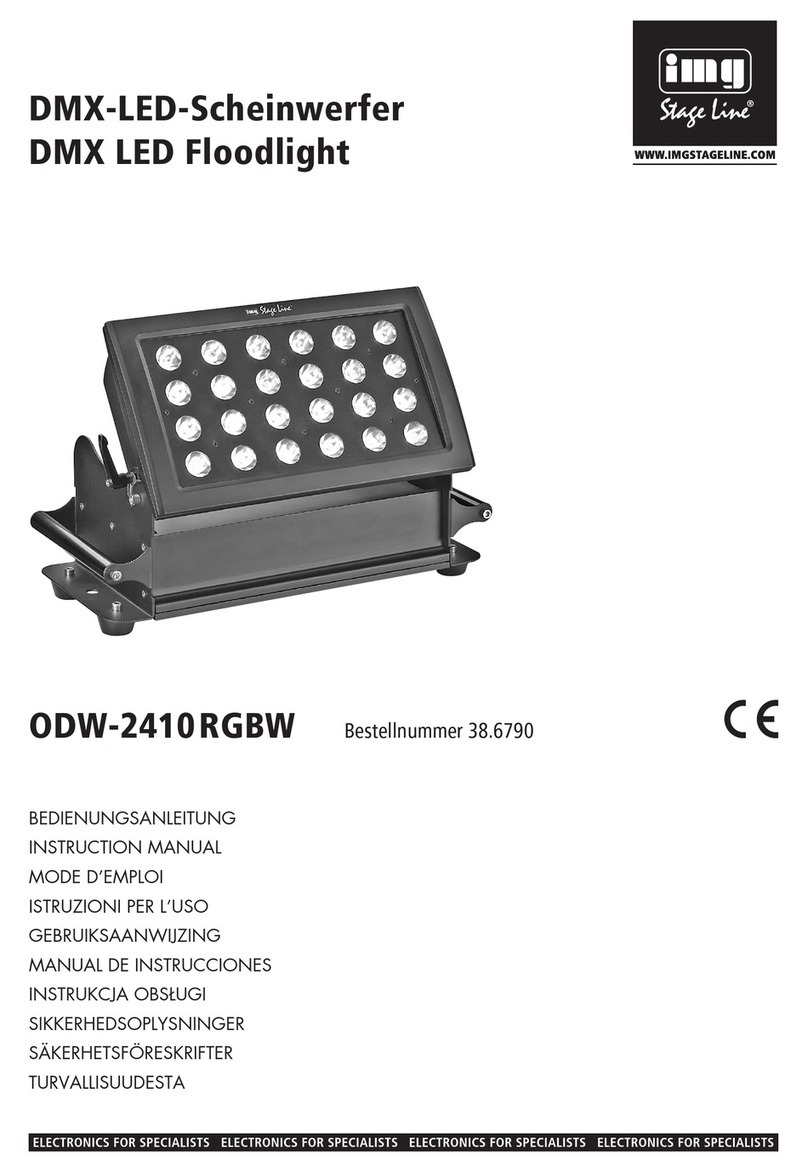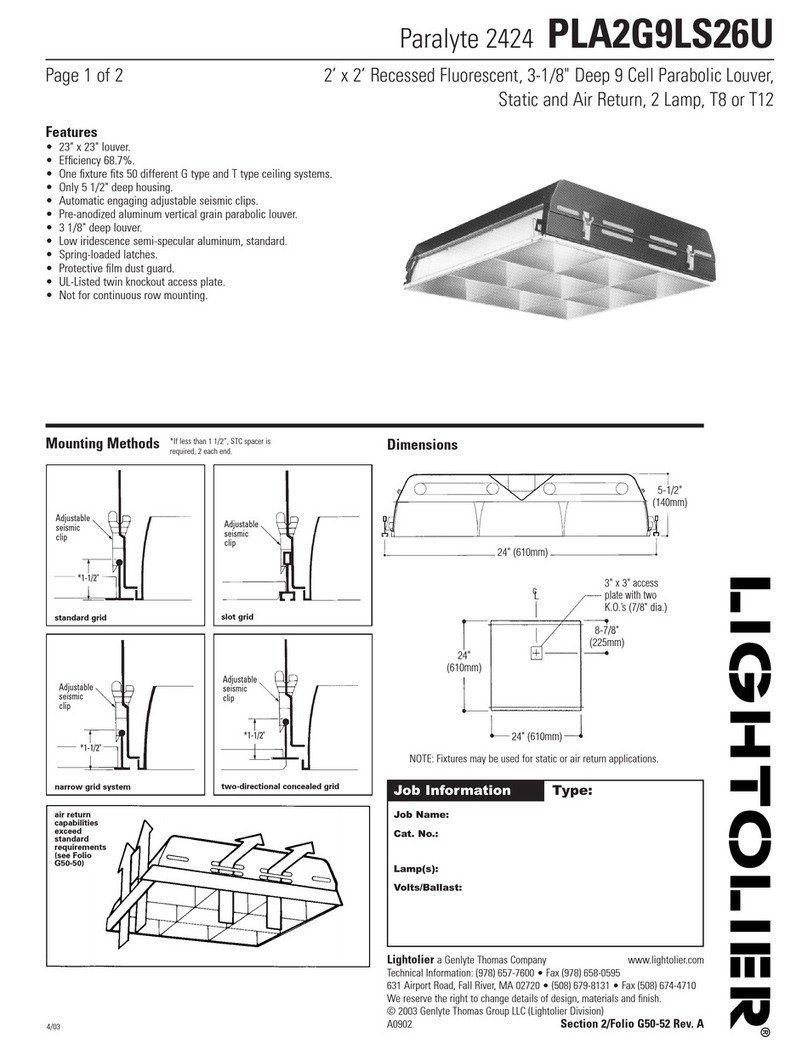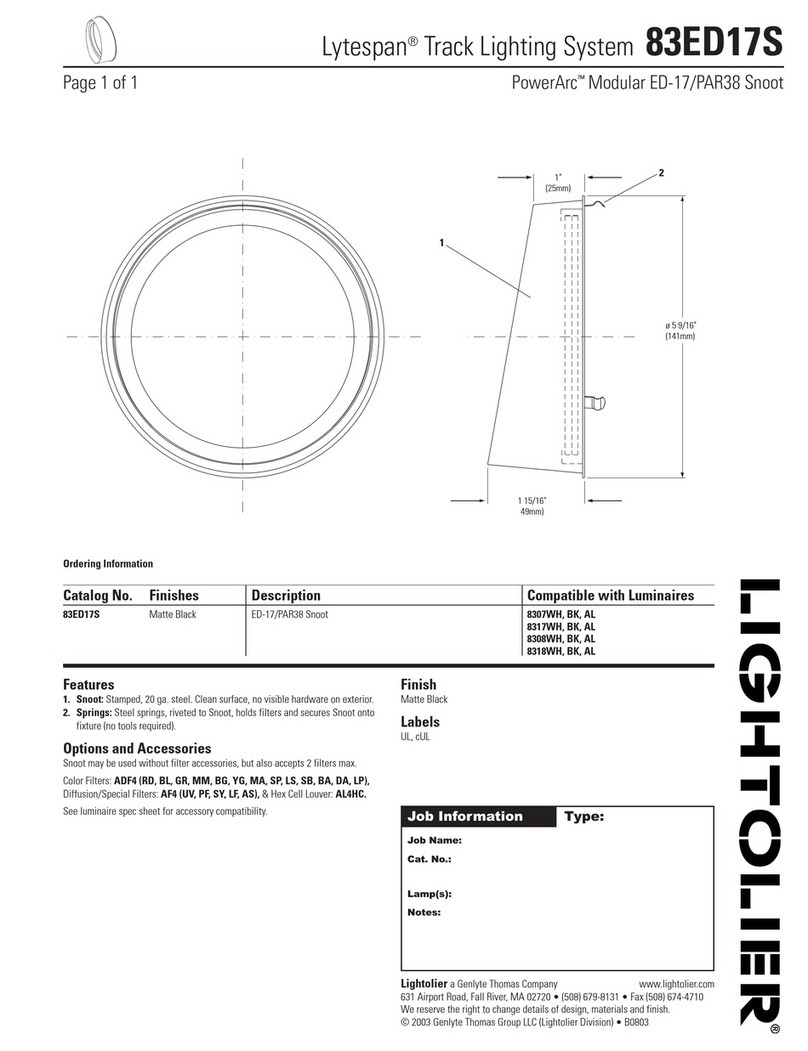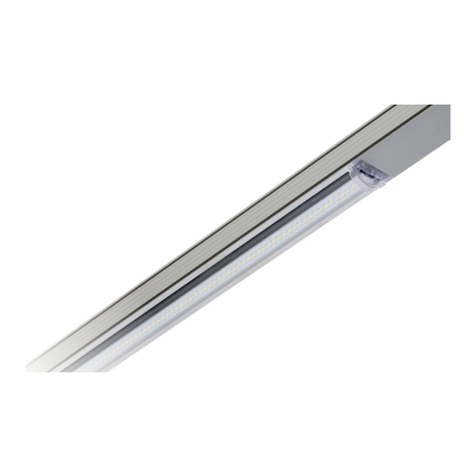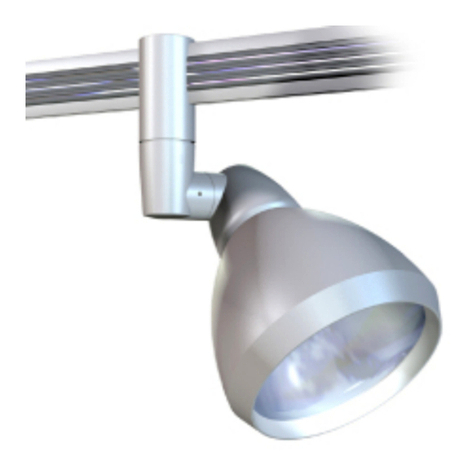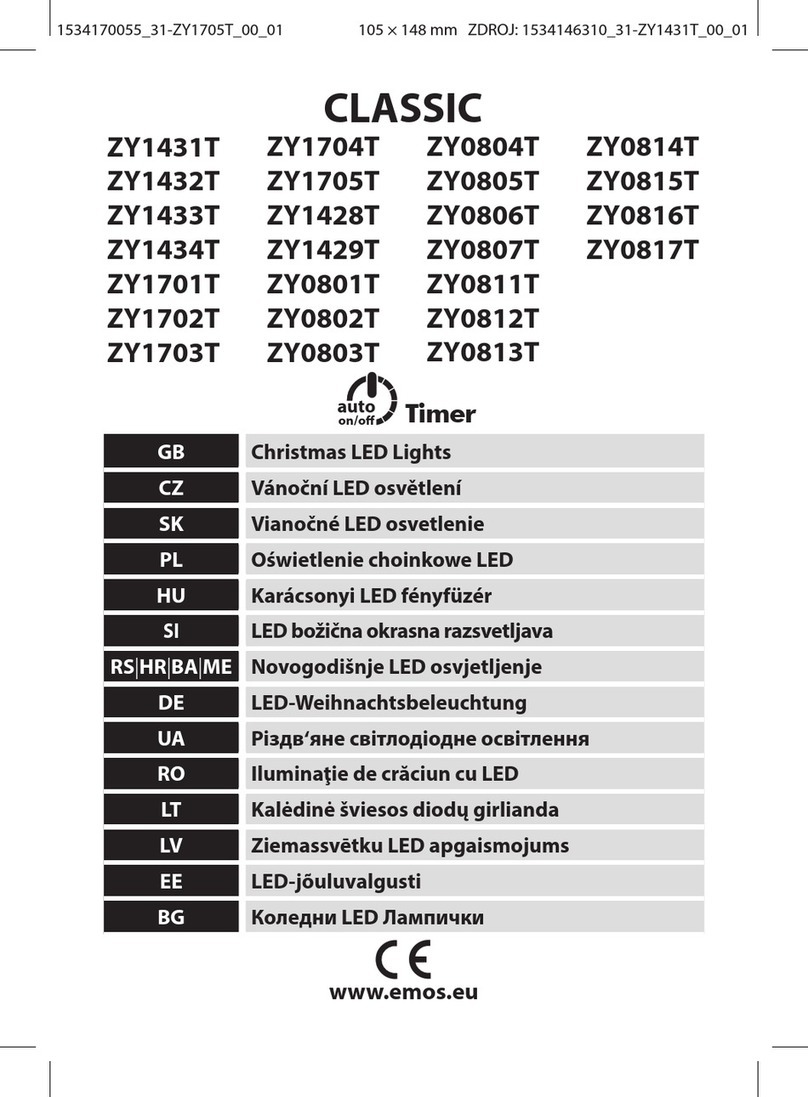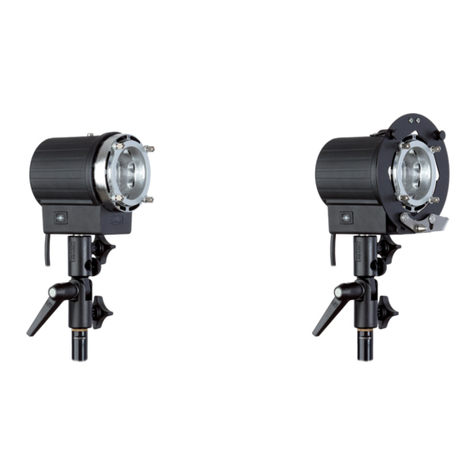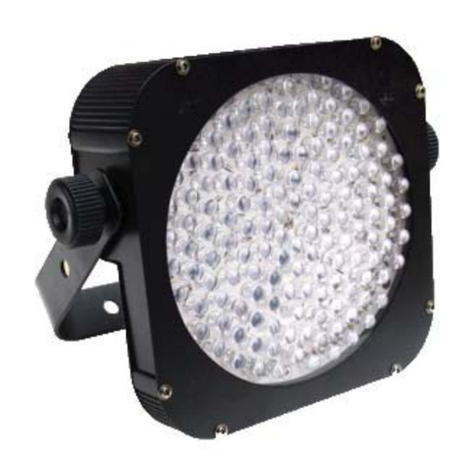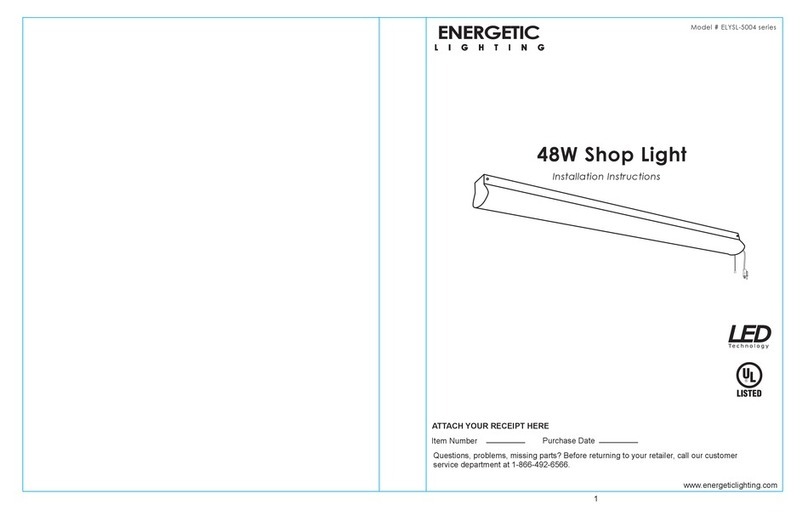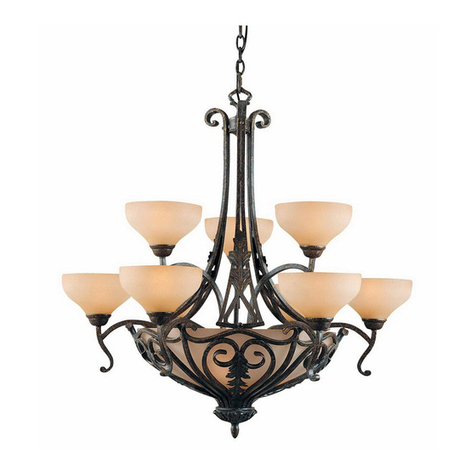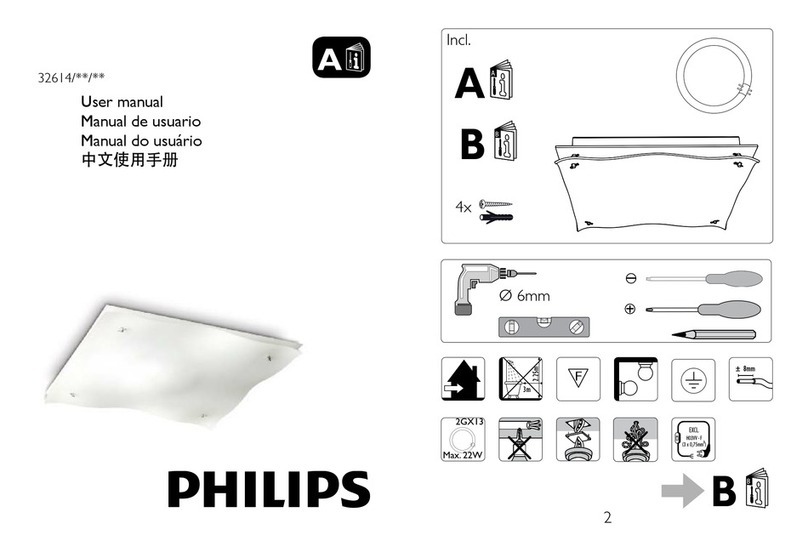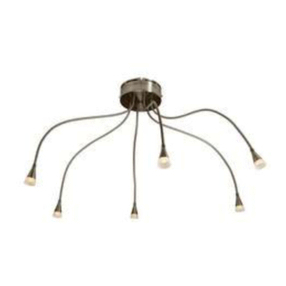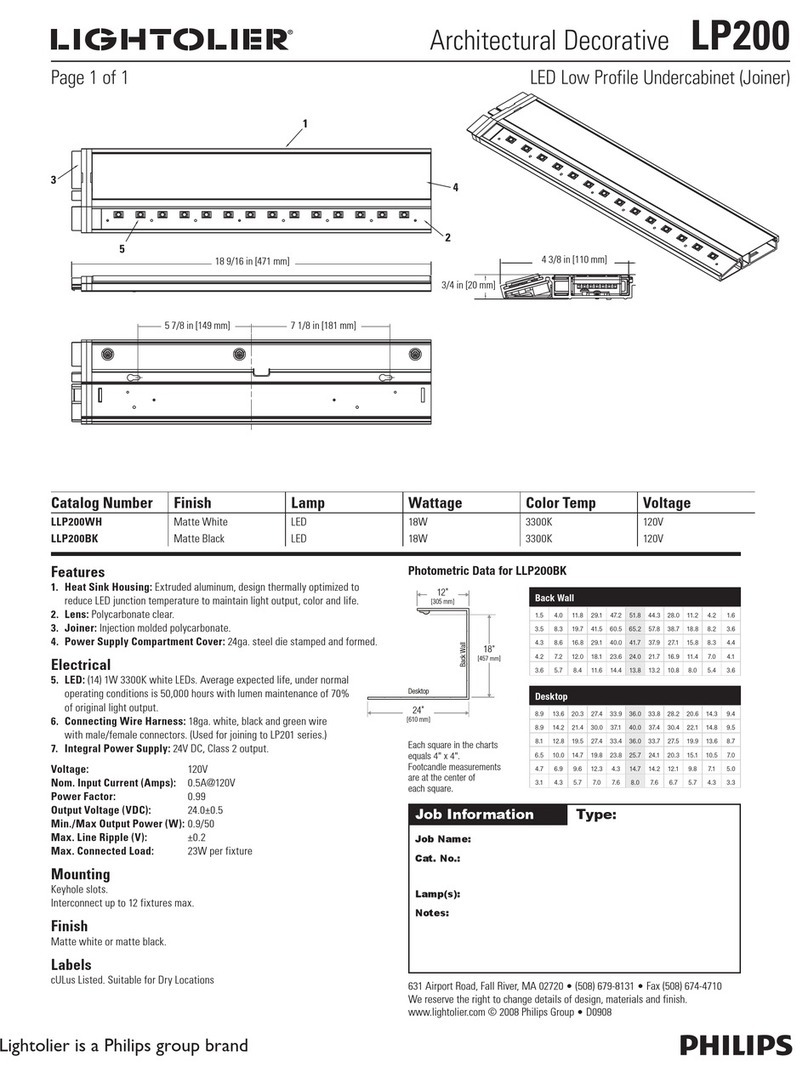
Medium-Intensity 2000cd compact series manual
Page 2of 21
© Obelux Oy 2020 Technical information in this document is subject to change without notice.
CONTENTS
1ABOUT THIS PRODUCT ........................................................................................................................................ 4
1.1 ICAO MODELS PRODUCT CODES................................................................................................................................. 4
1.2 FAA MODELS PRODUCT CODES ................................................................................................................................... 5
1.3 PRODUCT HIGHLIGHTS .............................................................................................................................................. 6
2SAFETY INSTRUCTIONS........................................................................................................................................ 9
2.1 GENERAL CONSIDERATIONS........................................................................................................................................ 9
2.2 ENVIRONMENTAL CONSIDERATIONS............................................................................................................................. 9
2.3 PERSONAL CONSIDERATIONS ...................................................................................................................................... 9
3INSTALLATION....................................................................................................................................................10
3.1 DEVICE INSTALLATION ............................................................................................................................................. 10
3.2 WIRING ............................................................................................................................................................... 10
3.2.1 Mains In/Out (AC versions) ....................................................................................................................... 11
3.2.2 DC In/Out (DC versions) ............................................................................................................................ 11
3.2.3 Modbus (RS-485) In/Out........................................................................................................................... 11
3.2.4 Alarm Relay Output................................................................................................................................... 11
3.2.5 Chaining Lights .......................................................................................................................................... 12
4OPERATION........................................................................................................................................................13
4.1 ICAO MODELS ...................................................................................................................................................... 14
4.1.1 ICAO Stand-alone mode (basic model) ..................................................................................................... 14
4.1.2 ICAO Stand-alone mode............................................................................................................................ 15
4.2 FAA MODELS ........................................................................................................................................................ 16
4.2.1 FAA Stand-alone mode (basic model)....................................................................................................... 16
4.2.2 FAA Stand-alone mode ............................................................................................................................. 17
4.3 MODBUS MODE .................................................................................................................................................... 17
4.4 TEST MODE........................................................................................................................................................... 18
4.5 MASTER LIGHT MODE ............................................................................................................................................. 19
4.6 HEATER OPERATION ............................................................................................................................................... 20
4.7 CAUSES FOR ALARM ............................................................................................................................................. 20
4.8 ON-BOARD LEDS................................................................................................................................................... 20
4.9 GPS OPERATION.................................................................................................................................................... 20
4.10 TROUBLESHOOTING................................................................................................................................................ 20
4.11 SPARE PARTS......................................................................................................................................................... 21

